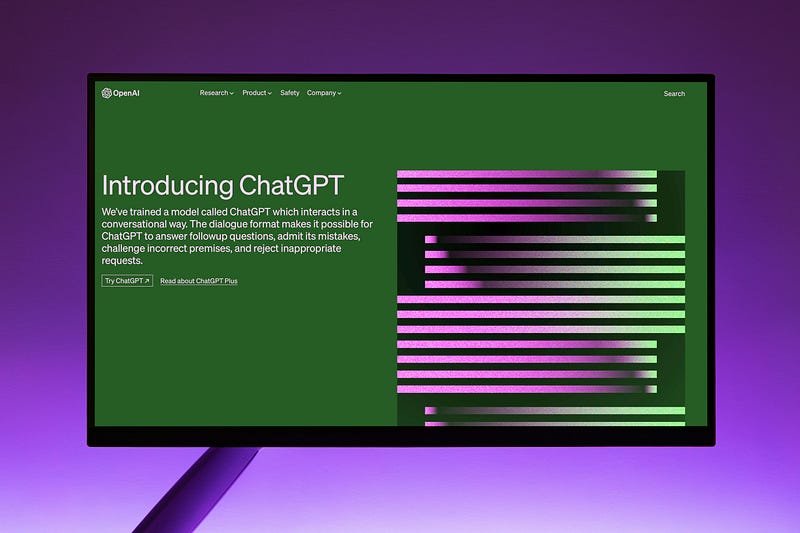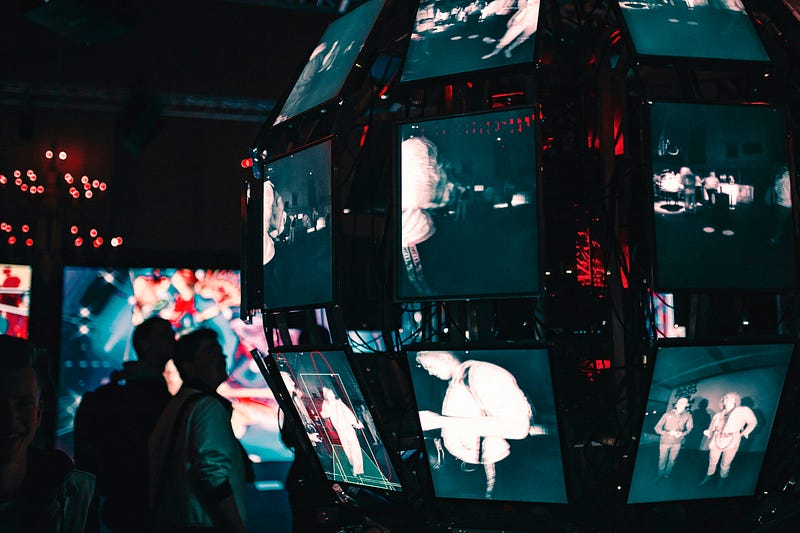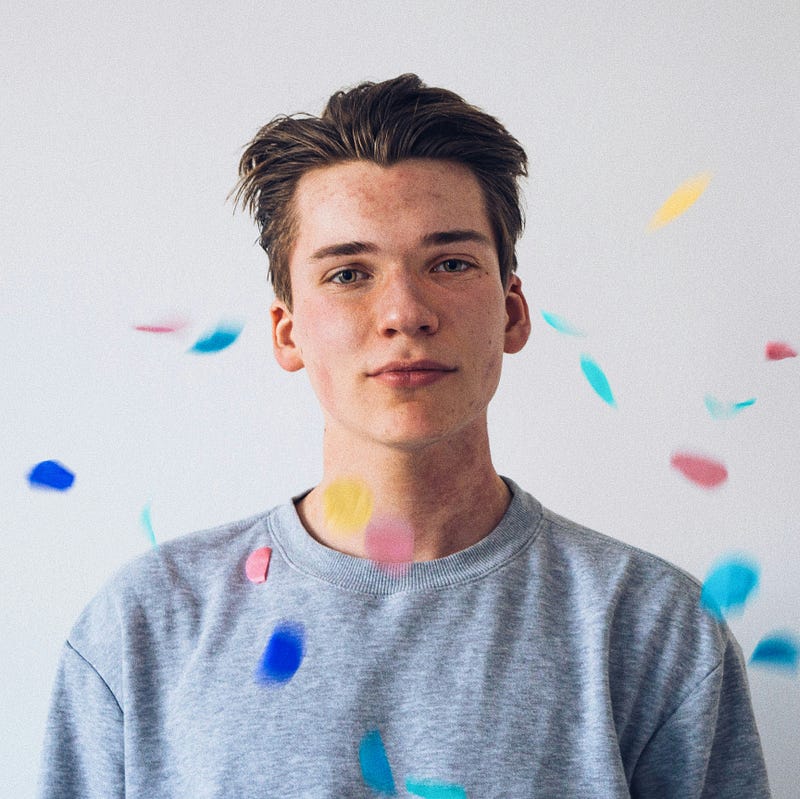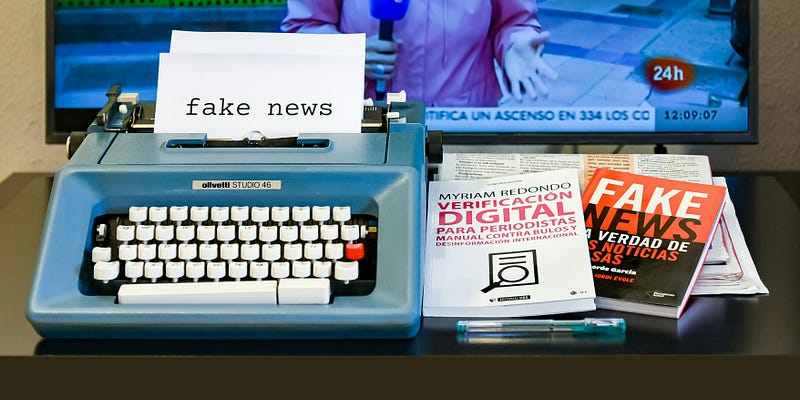
Brace yourselves, for the boundaries between the real and the imagined have been blurred like never before. OpenAI’s latest breakthrough, an ostensibly simple yet profoundly disruptive text-to-video AI model, is poised to unleash a torrent of both awe-inspiring creativity and deeply troubling implications. Get ready to bear witness as we peer into the kaleidoscopic renaissance — and potential pandemonium — this unprecedented technology ushers in.
In the ever-escalating arms race of artificial intelligence, OpenAI has lobbed a thermonuclear salvo squarely at the lines that separate fact from fiction, reality from imagination. Their latest coup? A text-to-video model that can translate the simplest of written prompts into stunningly realistic, high-definition video vignettes.
Take a moment to let the sheer audacity of that proposition sink in. An AI system capable of spontaneously rendering the depths of your creativity into seamlessly looping, photorealistic video at the mere beckoning of your words.
Dubbed “DALLE-V” (a cheeky nod to their previous image generation model DALL-E), this system represents a quantum leap in generative AI capabilities. No longer confined to the static realm of images, OpenAI’s mad scientists have unlocked the secrets of synthesizing motion, time, and the very fabric of our perceived reality itself.
But as this technology prepares to detonate upon an unsuspecting world, a maelstrom of possibilities — both tantalizing and deeply troubling — swirls into view. Will DALLE-V prove to be a great emancipator, freeing the boundless human creative spirit from the shackles of technical limitations? Or will it become a potent vector for misinformation, deception, and an unprecedented assault on the very notion of truth itself?
Strap in tight, dear readers, as we plunge headlong into the breathtaking spectacle and hair-raising implications of this game-changing development. The battle lines have been drawn, and the war for reality’s integrity has begun.

The Spectral Vector Sorcery: Decoding DALLE-V’s Arcane Wizardry
Before we can fully comprehend the disruptive force this technology represents, we must first grasp the technical prowess underpinning its reality-rendering capabilities. So, let’s peer behind the curtain and bear witness to the sorcery OpenAI has unleashed upon our world.
At its core, DALLE-V is a transformer-based neural network, a vastly upscaled evolution of the architectures that power OpenAI’s previous generative models like GPT and DALL-E. This colossal deep learning engine has been trained on incomprehensible volumes of video data, ingesting and internalizing the intricate dynamics, physics, and visual patterns that collectively define our experienced reality.
We’re talking about a model with over 3 billion parameters, trained on petabytes of video spanning every conceivable subject, scenario, and cinematic style. The sheer computational might required to cultivate such a system is enough to make even the beefiest supercomputers of yesteryear whimper.
But raw scale and data alone do not a reality simulator make. The true genius lies in DALLE-V’s ability to construct high-dimensional spatial-temporal representations — rich, coherent models of how objects, environments, and movements interrelate and evolve through time.
By ingesting videos as continuous sequences of frames, the model learns to perceive the fundamental patterns and laws that govern motion, lighting, physics, and the very transition of one moment into the next. It develops an innate understanding of how the world “flows,” from the mundane motions of trees swaying in the breeze to the chaotic, free-flowing dynamics of roiling ocean waves.
Close your eyes for a moment and imagine an AI capable of perceiving and internalizing the precise, moment-to-moment mechanics that power the universe itself. Suddenly, those centuries-old dreams of sculpting reality like malleable clay don’t seem quite so fanciful, do they?
Armed with this profound comprehension of existence’s intrinsic tapestry, DALLE-V can then decode the symbolic representations we call “language” and reverse-engineer them into
rich, multidimensional video constructs. A simple phrase like “a cat chasing a mouse in an alleyway” becomes a comprehensive blueprint for synthesizing objects, environments, animations, cinematography, and even plausible physics interactions from the model’s depths.

The end result? Videos that while artificial in nature, are often indistinguishable from those captured by physical cameras — a seamless confluence of human imagination and algorithmic wizardry given vibrant, living form.
The Renaissance Dawns: Creating Worlds from Mere Words
With great power, however, comes great potential for both unprecedented creativity and concerning consequences. Let’s first explore the myriad possibilities DALLE-V’s reality rendering capabilities open for artists, storytellers, educators, and content creators of all stripes.
Imagine being able to storyboard an entire feature film simply by describing key scenes and plot points — the dense urban cityscapes, the alien vistas of far-flung galaxies, the epic battles between fantastical beasts, all spontaneously manifested in vivid, cinematic resplendence at your mere utterance. What new artistic frontiers lie in wait when the concepts brewing in our minds need no longer be bound by the constraints of physical production?
Quick — describe your dream virtual world, your wildest fictional setting in a few sentences. Got it? Now keep that vision in your mind’s eye as we explore DALLE-V’s potential to make such realms tangible.
Game developers, too, could find their creative processes radically streamlined. Need to populate a vast open world with diverse environments, ecosystems, and urban landscapes? Let the AI construct them for you based on broad creative directives. Cinematics, walkthroughs, and marketing materials could be spun into existence from mere scriptwriting with unprecedented efficiency.
The educational possibilities are no less profound. Imagine instructors being able to call up hyper-realistic simulations of historical events, scientific phenomena, or even abstract theoretical concepts on a whim — no longer constrained by the limits of crude 3D animations or stock footage. Students could be transported directly into the the trenches of WWI, the heart of a beating human heart, or the cosmic maelstrom of a supermassive black hole, all from the comfort of their classroom.
Let your mind wander for a second — what sort of impossibly vivid learning experiences could YOU have benefited from as a student? How might tools like DALLE-V have enriched your understanding of the world and the subjects you studied?
From blockbuster films to AAA video games, from cutting-edge educational tools to ultra-realistic virtual tourism experiences, the floodgates have been thrown open. The boundaries between the possible and the impossible have never been more ambiguous.
The Misinformation Maelstrom: Safeguarding Truth in an Artificially-Rendered World

And yet, for every tantalizing possibility this technology presents, there looms an equally pernicious threat — the specter of misinformation, weaponized on a scale we can scarcely fathom.
In an age where the disinformation pandemic has already eroded public trust and destabilized governmental institutions, the proliferation of tools to synthesize virtually any conceivable scenario presents an existential risk. Imagine being able to fabricate video “evidence” of global leaders engaging in outrageous acts, or manufacturing apocalyptic scenes of natural disasters and civil unrest with a few deft keystrokes.
Take a moment to picture your social media feeds inundated with such falsified horrors. Videos of shocking violence against innocent people, coordinated by bad actors to provoke terror, unrest, or oppressive crackdowns. Could you maintain your grip on reality in the face of such an assault? Many could not.
The mere concept of photographic and video evidence representing ground truth would evaporate in the face of DALLE-V and its inevitable successors. Our ability to discern fact from fiction, to parse actual events from simulated constructs, could crumble in the wake of seamlessly-falsified “proof” at scales once unimaginable.
Geopolitics, too, could be plunged into disarray. Rival nations and extremist groups could disseminate believable-yet-fabricated videos of military operations, cataclysmic attacks, or escalating aggression, stoking tensions and propelling the world into destabilizing armed conflicts based on utter fictions.
At a more insidious level, even our personal and professional lives could be laid vulnerable.
